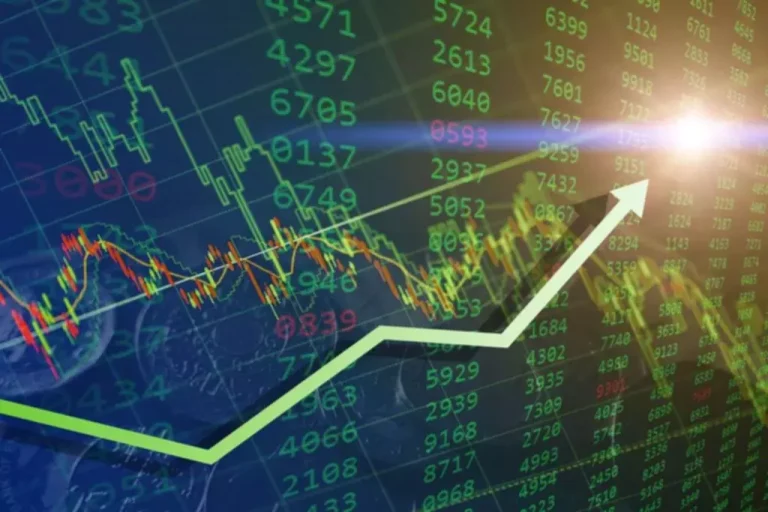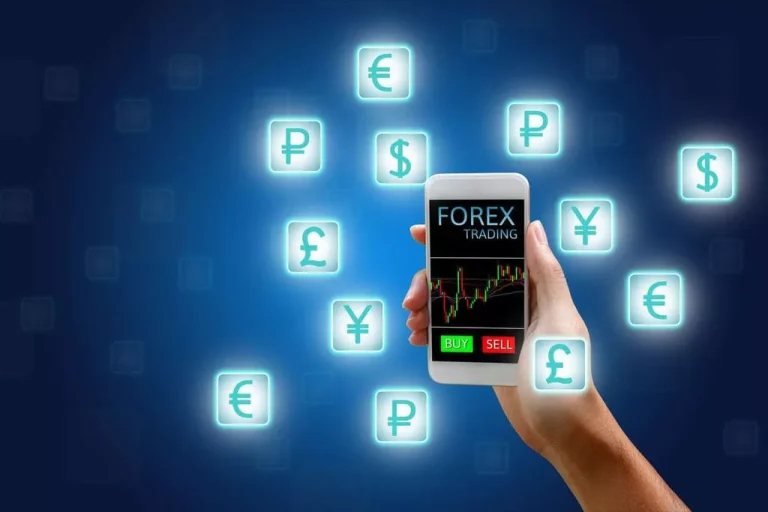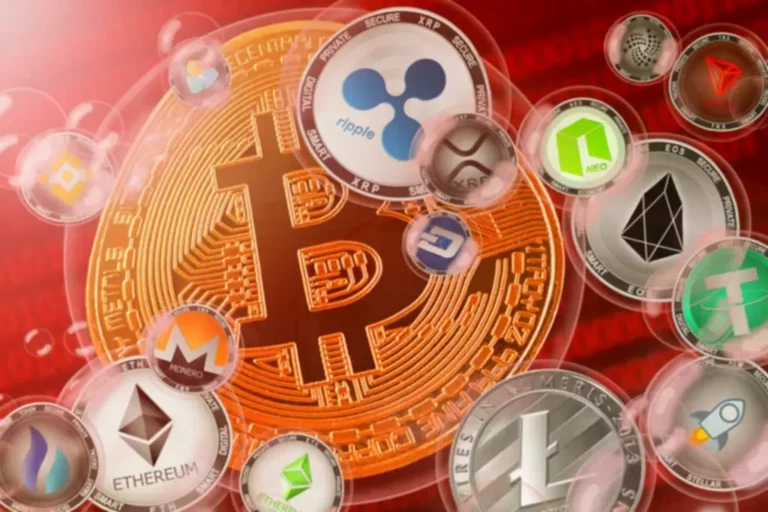Content
Trading crypto derivatives involves a balance of high-reward opportunities and significant risks. It’s a complex yet potentially lucrative area, demanding careful strategy and an understanding of the volatile nature of the cryptocurrency market. Let’s delve into the specific advantages and disadvantages to provide a clearer picture of what traders can expect from this multifaceted trading strategy. For both novices and experienced traders in the quickly evolving cryptocurrency https://www.xcritical.com/ market, grasping the nuances of derivatives trading is essential. As a leading force in the fintech and cryptocurrency space, Shift Markets is delighted to present an insightful guide on crypto derivatives.
Pros and cons of crypto derivatives
It is a risk management strategy where a trader takes an opposite position to an existing crypto derivative trading one to offset potential losses. For example, a Bitcoin spot holder buys an asset and then holds it until the value (hopefully) increases. However, if they think the asset might decrease in value, they can take a short position on a Bitcoin futures contract, effectively hedging their position. Crypto exchanges facilitate crypto futures contracts between two parties agreeing on the predetermined price for buying and selling crypto tokens, such as Bitcoin or Litecoin, and comes with an expiration date for the contract to end. At the time of contract expiration, if the market price of the said cryptocurrency goes above the set price, the buyer makes a profit.
- Before joining CoinDesk, he was the European Editor at Acuris (Mergermarket), where he dealt with copies related to private equity and the startup ecosystem.
- A futures contract is a type of derivative where the buyer agrees to purchase, and the seller agrees to sell, a specific quantity of a cryptocurrency at a predetermined price and future date.
- For instance, an investor who anticipates that Bitcoin will increase in value over the next month could buy a futures contract that commits to selling Bitcoin at a higher price in the future.
- When the contract expires (i.e., on the set future date), the buyer is obligated to purchase and receive the asset, and the seller is obligated to sell and deliver the asset.
- He notices that the cost of FuturCoin has reached $5 per token, and he decides to sell his 1,000 tokens, realizing a profit of $4,000.
- The value of a crypto derivative at expiry determines the final payoff.
- The UK’s Financial Conduct Authority (FCA) has taken a firm stance on crypto derivatives.
What Are Crypto Derivatives? Types, Pros and Cons
Though derivative DEXs represent just 1-2% of centralized futures volume today, they may gain share with centralization risks recently elucidated by FTX and several others. DYdX Non-fungible token is the most established derivative DEX, with regular trading volume of $15 to $30 billion per month over the past year. It remains comparatively early in the life cycle for derivative DEXs, with the launch of dYdX coming nearly four years after BitMEX first introduced perps in 2016. Despite the low market share, new entrants continue to innovate rapidly, and there are many interesting derivative DEXs in operation today with solid daily volumes. For example, GMX launched in Q3 2021, and it regularly trades hundreds of millions of dollars each day, while volumes on Kwenta reached a new daily record of nearly $500m in mid-March.

What is a Crypto Liquidity Provider?
These rules aim to protect consumers by ensuring they understand the risks involved. Many exchanges offer demo accounts where you can trade with fake money. These are excellent tools for getting familiar with the trading interface and testing strategies without any financial risk.

For example, a producer of a commodity, like an oil rig operator or a bitcoin miner, may be interested in hedging with average price options to align the pricing of the hedge with daily production. In order to trade OTC derivatives, investors contract with banks such as J.P. Morgan in traditional finance or trading firms like GSR in crypto markets.
Then, this powerful app works together with your trusty Ledger device, allowing you to interact with the DeFi ecosystem, while staying protected from online threats. Liquidity is a critical component of the crypto sector, much like any financial market. Derivatives, in general, are crucial in establishing a mature financial system. They enable market participants to manage risk, enhance liquidity, and enable price discovery, all of which are essential for market growth and development. A call option gives the holder the right to buy crypto at a predetermined price, while a put option gives the holder the right to sell at a predetermined price.
The notional value of a derivative contract represents the value of the underlying asset. In crypto derivatives, the notional value is the quantity of cryptocurrency under the contract, multiplied by its current market price. This figure is crucial in assessing the contract’s potential risk and reward. Structured product volumes are difficult to disentangle as they are not a distinct derivative instrument but a combined package of assets, including derivatives. Additionally, limited information about the volume of centralized structured products is available to our knowledge. This is due to principles of no-arbitrage pricing which states that derivatives are priced such that no arbitrage opportunities exist.
We’ve seen the rise of new asset classes, like digital assets and green derivatives, which are tied to environmental sustainability initiatives. As we approach the end of our exploration today, let’s recap what we covered in this piece. We began by understanding the basics of crypto derivatives and why they have tremendous potential to grow as a major global asset market. Following the introduction, we learned that derivatives are not just speculative instruments but also essential tools for portfolio optimization that can mitigate risks if applied correctly.

CFDs are popular crypto derivatives where the buyer and seller agree to exchange the difference in the current value of a crypto asset and its value at contract time. If the difference is negative, the buyer pays the seller, and vice versa. This allows traders to benefit from price fluctuations without owning the asset. The option’s premium is pivotal, influenced by the asset’s current market price, the strike price, time until expiration, and the asset’s volatility.
Past performance is not a guarantee or predictor of future performance. The value of crypto assets can increase or decrease, and you could lose all or a substantial amount of your purchase price. When assessing a crypto asset, it’s essential for you to do your research and due diligence to make the best possible judgement, as any purchases shall be your sole responsibility.
AI and ML are used for predictive analytics, risk management, and trade execution. And quantum computing is on the horizon, promising even more advanced analytics and simulations. Bitcoin futures are now mainstream products in the global investment community. Crypto futures have many of the same features as options—including expiry dates, strike prices, and a prearranged coin quantity—but buyers can’t choose whether to exercise their derivative, they have to. In Australia, crypto derivatives are regulated by the Australian Securities and Investments Commission (ASIC). As of 2021, ASIC has implemented stricter rules for the sale of crypto derivatives to retail investors.
With the rise of digital assets, cryptocurrency derivatives have become a hot commodity. These include options and futures on cryptocurrencies like Bitcoin and Ethereum. They allow traders to speculate on price movements without owning the underlying asset. Asset-underlying derivatives in the world of crypto refer to contracts that derive their value from the performance of an underlying cryptocurrency. These can include Bitcoin, Ethereum, or any other digital asset traded on a crypto derivatives exchange. These derivatives enable investors to speculate on future price movements, hedge risk, or gain access to digital assets without physically owning them.
Options are even more fragmented though, and calls and puts each require various listed strike prices across multiple expiration dates. Evaluating volume by instrument, perpetual futures comprise the majority of all crypto trading volume (~68%), followed by spot (~28%), with much smaller contributions from other instruments like calendar futures (~3%) and options (~1%). Traders and investors use derivatives to hedge their positions, protecting themselves against adverse price movements.
